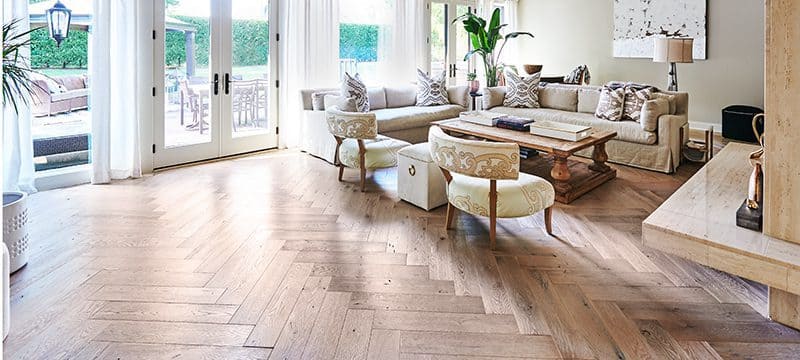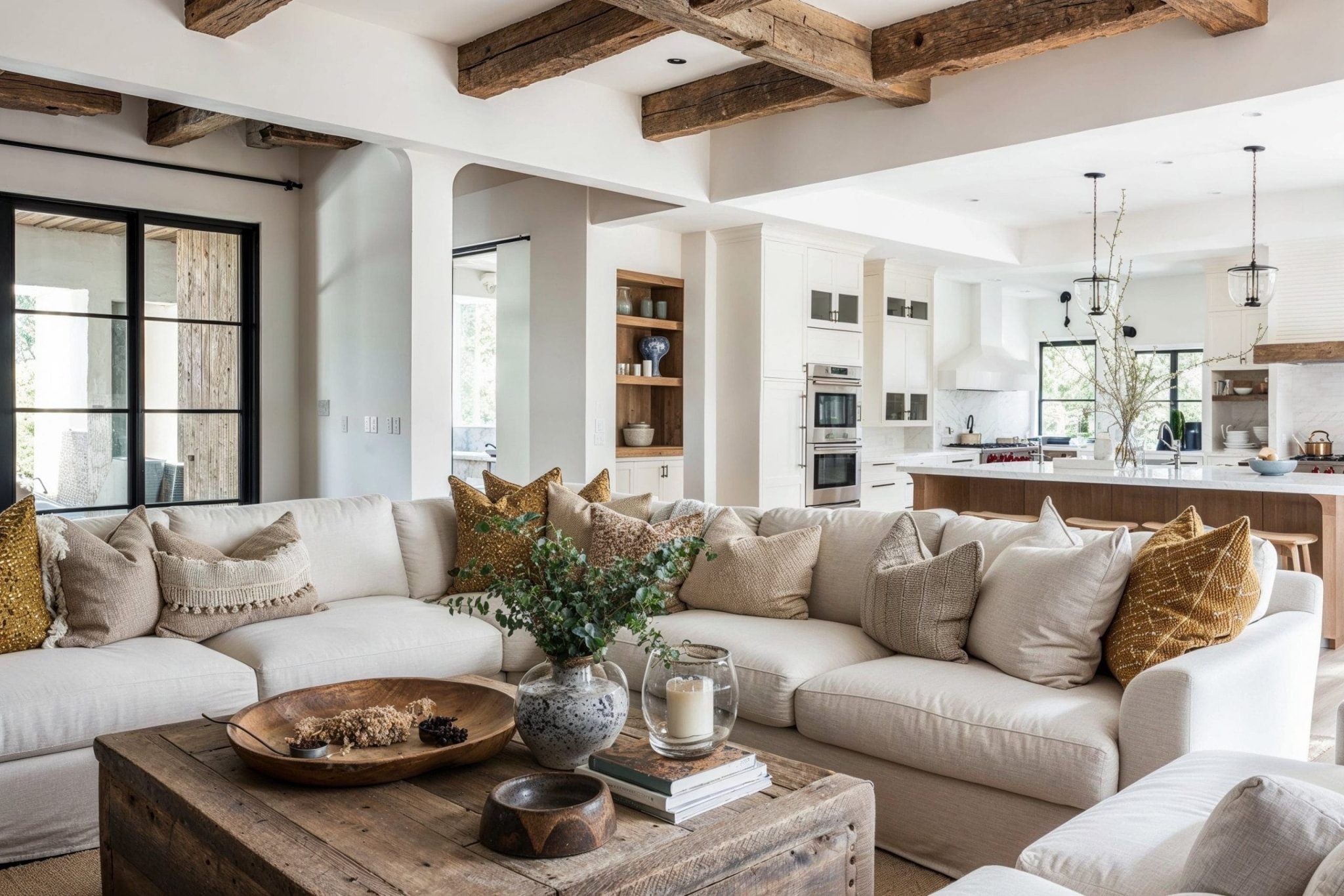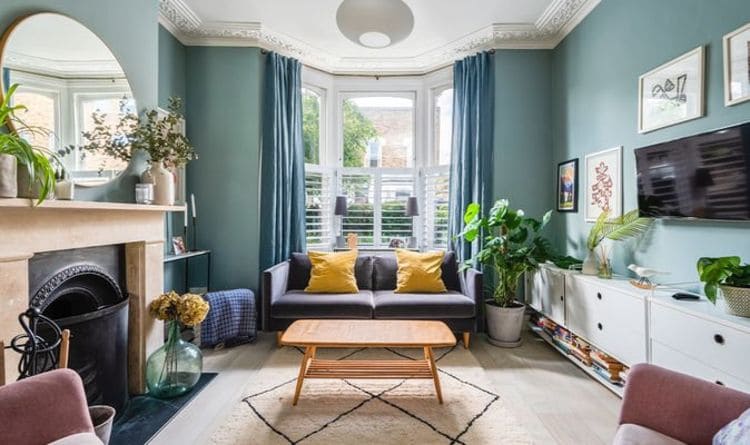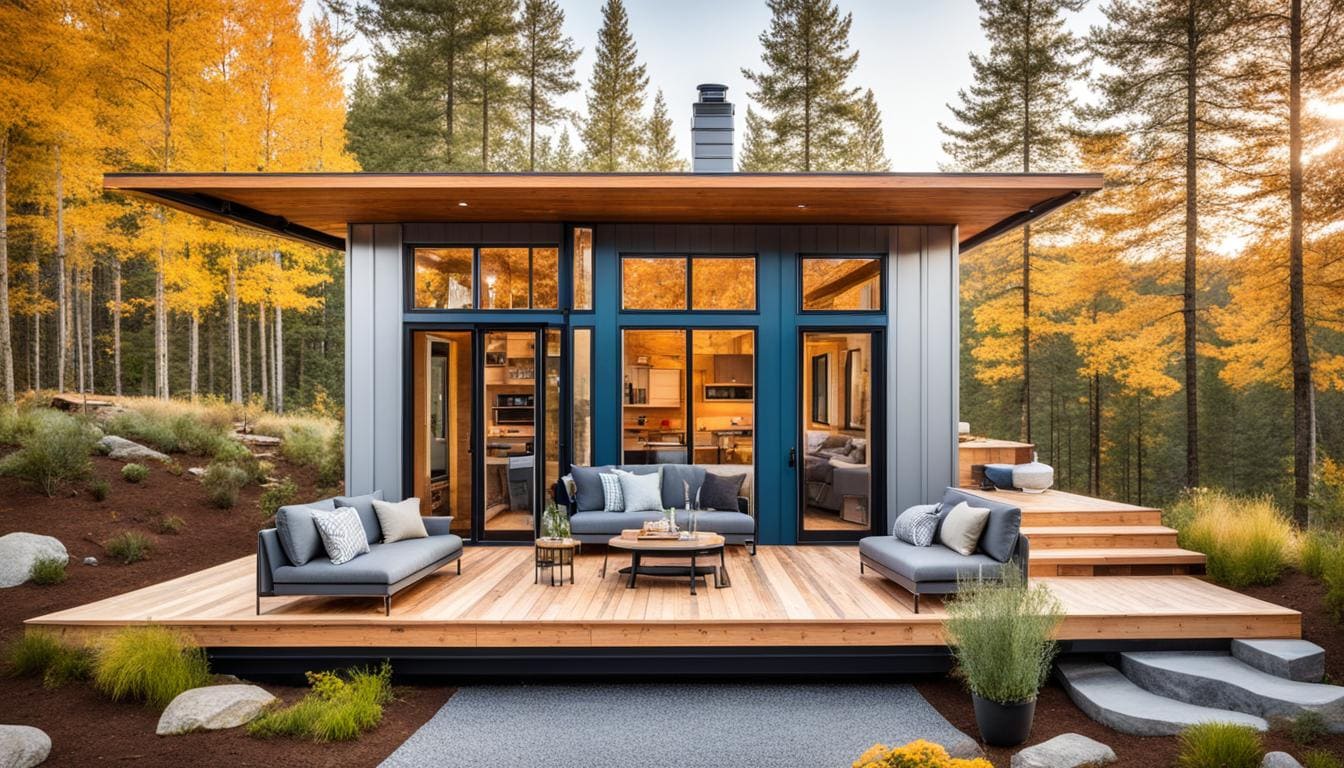Introduction:
In the realm of interior design, few patterns exude the timeless elegance and sophistication of the herringbone. Characterized by its distinctive V-shaped arrangement, the herringbone pattern has stood the test of time, transcending trends to become a staple in both traditional and contemporary spaces. From flooring and tiling to textiles and beyond, the versatility of the herringbone pattern knows no bounds. In this article, we delve into the history, design versatility, and creative applications of the herringbone pattern, exploring how this iconic motif can elevate the aesthetic appeal of any interior space
A Brief History:
- The origins of the herringbone pattern can be traced back to ancient civilizations, where it was used in textiles, architecture, and even military uniforms. The name “herringbone” is derived from its resemblance to the skeletal structure of a herring fish, with overlapping rows of V-shaped elements creating a visually striking pattern. Over the centuries, the herringbone pattern has remained a symbol of craftsmanship and artistry, evolving from its humble origins to become a beloved motif in design and decor.
Design Versatility:
- One of the most compelling aspects of the herringbone pattern is its versatility, which allows it to be adapted to a wide range of materials and applications. While traditionally associated with wood flooring, the herringbone pattern can also be found in tile, brick, fabric, wallpaper, and more. Its timeless appeal makes it suitable for both classic and contemporary spaces, adding a touch of sophistication and visual interest to any room. Whether used as a focal point or a subtle accent, the herringbone pattern has the power to transform the look and feel of an interior with its understated elegance.
Creative Applications:
- The herringbone pattern offers endless possibilities for creative expression, allowing designers and homeowners to experiment with different materials, colors, and scales. Some popular applications of the herringbone pattern include:
- Flooring: Herringbone-patterned hardwood floors are a classic choice for adding warmth and character to any room. Whether installed in a traditional parquet style or with oversized planks for a modern twist, herringbone floors create a sense of movement and dimension that enhances the overall ambiance of a space.
- Tilework: Herringbone-patterned tiles are a stylish option for kitchens, bathrooms, and backsplashes, adding texture and visual interest to these functional areas. Whether crafted from ceramic, porcelain, or natural stone, herringbone tiles create a striking backdrop that elevates the design of any room.
- Textiles: Herringbone-patterned textiles, such as upholstery fabric, rugs, and throws, bring a touch of sophistication to furniture and decor accessories. Whether incorporated into a minimalist monochromatic scheme or paired with bold colors and patterns, herringbone textiles add depth and character to any interior space.
- Wall Treatments: Herringbone-patterned wallpaper or paint treatments can create a dramatic focal point in any room, adding depth and visual interest to plain walls. Whether used to highlight architectural features or to create a statement wall, herringbone patterns offer a versatile and stylish solution for enhancing the beauty of your home.
Timeless Appeal:
- In an ever-changing world of design trends, the herringbone pattern remains a timeless classic that transcends fads and fashions. Its enduring appeal lies in its versatility, elegance, and ability to complement a wide range of decor styles. Whether adorning the floors of a historic mansion or adding a contemporary twist to a modern loft, the herringbone pattern continues to captivate with its timeless charm and understated sophistication.
Conclusion:
The herringbone pattern stands as a timeless symbol of craftsmanship and design excellence, offering endless possibilities for creative expression in interior spaces. From its ancient origins to its modern-day resurgence, the herringbone pattern has remained a beloved motif that adds a touch of elegance and sophistication to any room. Whether used in flooring, tiling, textiles, or wall treatments, the herringbone pattern has the power to transform the look and feel of a space, creating a sense of timeless beauty that will endure for generations to come.





